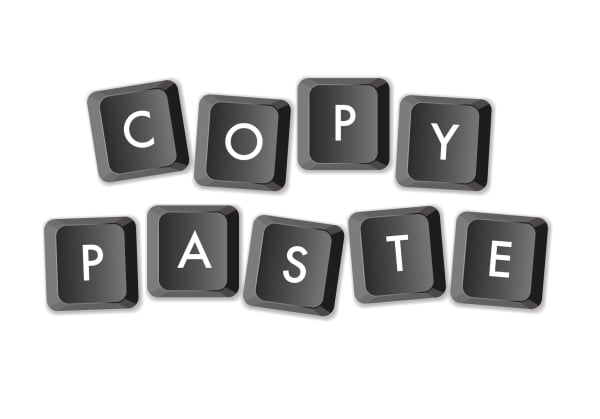Plagiarism has long been considered one of the cardinal sins of academia and the creative world. Defined as the act of using someone else’s work or ideas without giving proper credit, plagiarism is often viewed as dishonest and unethical. However, there is a growing movement to rethink the way we view and approach plagiarism, with some advocating for a more nuanced understanding of the issue.
Instead of seeing plagiarism as a black-and-white issue of right and wrong, some argue that it should be viewed in a more complex context. In today’s interconnected world, where information is easily accessible and ideas are constantly shared and reinterpreted, the boundaries of originality and ownership are becoming increasingly blurred. As a result, it can be difficult to determine what constitutes plagiarism and what is simply part of the natural process of building upon existing knowledge.
This shift in perspective is not meant to excuse or condone plagiarism, but rather to encourage a more thoughtful and critical approach to the issue. Rather than focusing solely on punishing those who plagiarize, some argue that we should also consider the underlying reasons behind the act. In many cases, plagiarism can stem from a lack of understanding about proper citation practices or from a fear of failure or inadequacy. By addressing these root causes and providing education and support, we may be able to prevent plagiarism before it occurs.
Furthermore, some argue that the traditional notion of plagiarism as theft of intellectual property may not always be applicable or fair. For example, in the case of students collaborating on a group project, it can be difficult to determine where one person’s ideas end and another’s begin. Similarly, in the age of remix culture and shared content, it can be challenging to draw clear lines between original work and derivative creations.
Ultimately, the goal should be to foster a culture of academic integrity and ethical behavior, rather than simply punishing those who cross the line. This may involve providing clearer guidelines and resources for proper citation, as well as promoting a more collaborative and open approach to intellectual work. By encouraging creativity and innovation while also upholding standards of honesty and integrity, we can find a new way to think about plagiarism that reflects the complexities of our modern world.



